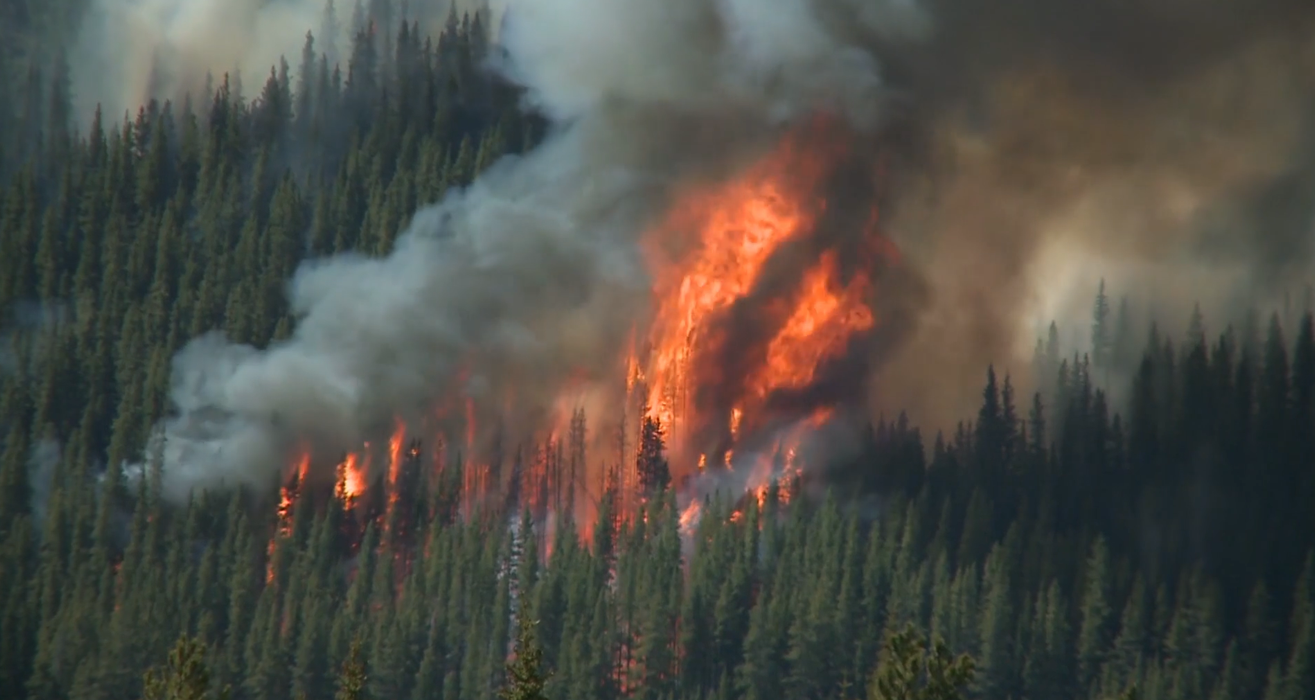The Anthropocene era brings both a climate and humanitarian crisis for our planet. Clear communication is key in order to educate the population and enact change, but the complexity of the Anthropogenic age and its consequences are hard to capture in just one medium alone. A list of statistics by itself cannot make people comprehend the severity of carbon emissions, or make people feel anger towards the carelessness of resource extraction. Change within the Anthropocene is possible, but a collaboration of methods is needed, and animation will play its part in creating that change.
For change to happen, awareness within the population needs to be raised. This can be achieved in a variety of interconnected ways, from presentations to news articles to protests. While articles and TED talks go into depth, deepening our understanding of an issue, video and animation are for many people the first step. Video and animation take these complex ideas and discussions and compile them into a video that centers on the key messages, presented in a way that is easy to understand.
Young people, who are having to deal with the consequences of the Anthropocene the most harshly, will especially need a clear visualization of what our world is facing. However, upon seeing image after image of real-life damage done to the Earth, children may be left feeling hopeless, rather than hopeful that change is possible. Animation can be this balanced medium, an educational tool that captures the severity of the problem without overwhelming the viewer.
With how shareable animation is, as well as how quickly it can tell a story; the message of an animated video has the potential to spread rapidly. When people send the animation to their friends, or share a link on an online forum, the part animation plays is probably at its most important: the sparking of discussion. Comment sections become a collaborative space to share ideas, direct messages start to fill with friends planning to attend protests. Discussion turns to solidarity, and the fight for change starts to feel possible when our voices are amplified alongside one another.
The message of an animation can be shared even further as subtitles are quickly adapted into other languages. Hearing a human voice over explain the animation can also comfort the viewer in reminding them they are not alone, as well as remind them that the issues we are facing are very much real, and need our attention. Animation, although it will not do all the work, will play a significant role in sparking discussion and compassion, in raising global awareness and igniting a unified desire for change towards the crisis that is affecting us all.
If you would like to discuss communicating within the Anthropocene era send us an email at hello@shootyou.co.uk – we’d love to have a chat!



